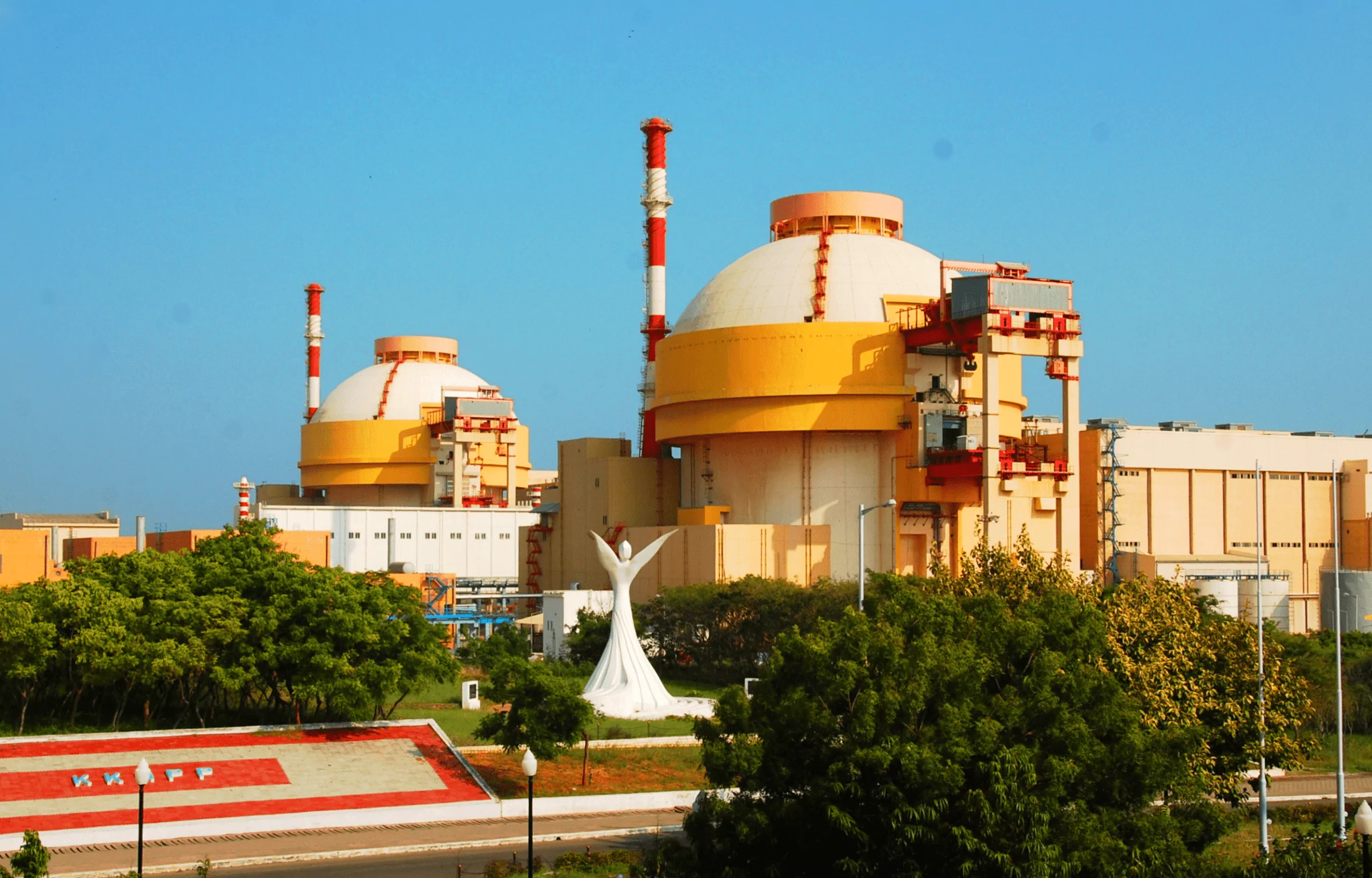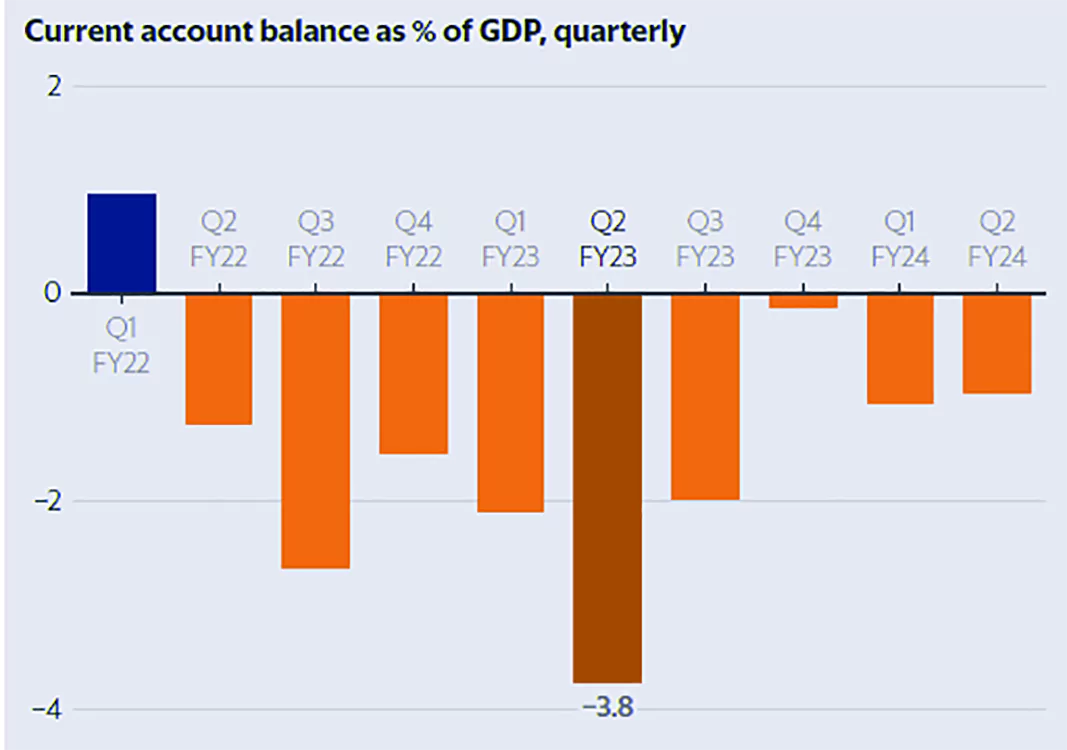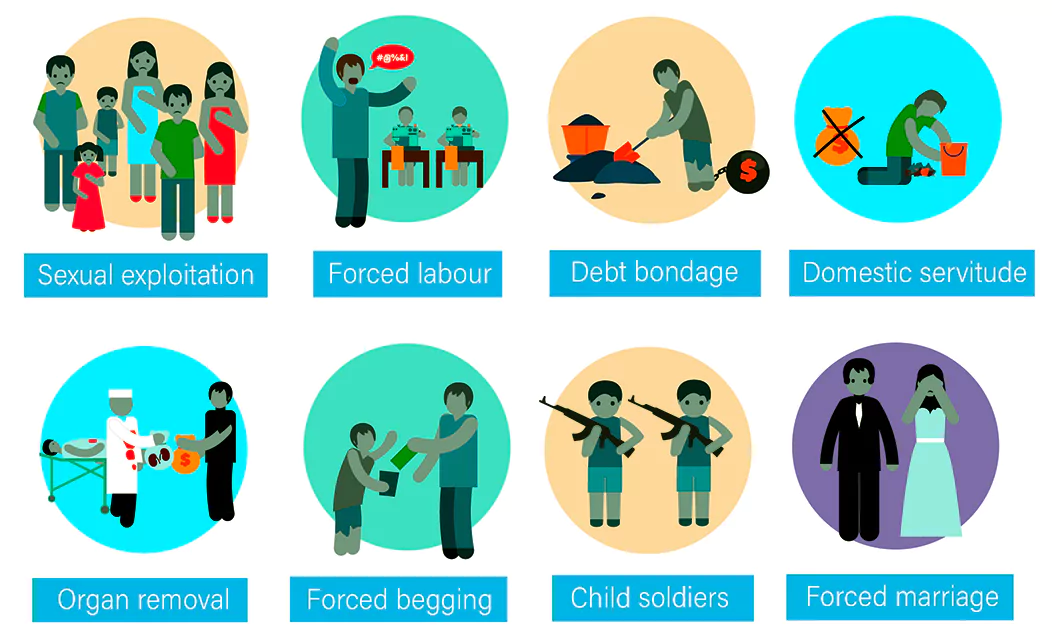Context: A new low-cost sensor made up of metal oxide nanoparticles–reduced graphene oxide composite can detect formalin in fish at room temperature in a non-invasive way.
Formaldehyde
|
|---|
Promotion of University Research and Scientific Excellence (PURSE)
|
|---|
Must Read: Ghol Fish As The Gujrat’s State Fish
News source: PIB
Context: External Affairs Minister of India has announced that an important agreement related to the Kudankulam Nuclear Power Plant has been made with Russia during his five-day official visit.

Learn more about Nuclear Power Plants In India 2023, here.
Source: Indian Express
Context: RBI has reported that India’s current account deficit (CAD) of 2nd Quarter FY24 declined to $8.3 billion, which is 1% of the country’s Gross Domestic Product (GDP).

About Current Account Deficit
|
|---|
Source: The Hindu
Context: The Reserve Bank of India (RBI) has proposed draft norms to improve the reach of Forex and Money changing services.
Must Read: India’s Forex Reserves Up By $2.54 Bn To $597.94
Source: Business Standard
Context: Guinness world record for Largest tabla ensemble set in Gwalior during the Tansen Samaroh or Tansen music festival 2023.
About: Tansen Samaroh is a unique four-five day music festival, dedicated to the pillar of Indian music, the great Tansen. It is held at his tomb in Gwalior in the village of Behat every year.

News source: PIB
Context: Several people were hospitalized after Ammonia gas leaked from a fertilizer manufacturing unit in Ennore, north Chennai, Tamil Nadu.
| About Ennore
Ennore is bounded by the Korttalaiyar River, Ennore Creek and the Bay of Bengal is a neighbourhood in Chennai. The creek separates south Ennore from north Ennore ( covers significant portions of North Chennai Thermal Power Station and Ennore Port.)
|
|---|

Also Read Fertiliser Subsidy in India, here.
News source: livemint
Context: The number of fresh formal jobs created fell by 10 per cent in 2023 compared to the previous year in the latest payroll data, reflecting a slowdown in the pace of formal job creation.
About EPFO and EPF
|
|---|
Labour Framework in India
|
|---|
News Source: BS
Context: The National Financial Reporting Authority (NFRA) has found deficiencies in the audit processes of BSR & Co, Deloitte Haskins & Sells, SRBC & Co, and Price Waterhouse Chartered Accountants (PwC) in its inspection report 2022, released on 22nd Dec 2023.
News Source: BS
Context: The Ministry of Electronics and Information Technology (MeitY) recently advised all digital intermediaries to ensure compliance with the existing IT rules.
To know more about Deepfakes: Refer, Deepfake
Associated Terms
|
|---|
News Source: PIB
Context: This article is based on the news “Human Trafficking or a plain case of migration?” which was published in the Live Mint. Recently, a Nicaragua-bound plane from Dubai carrying 303 Indian passengers was grounded in France over suspected human trafficking.
| Relevancy for Prelims: Article 23 (1), Immoral Traffic (Prevention) Act, 1956 (ITPA), Anti Trafficking Cell (ATC) and NCRB Data on Human Trafficking.
Relevancy for Mains: Human Trafficking: Causes, Impact, Status of Human Trafficking in India Constitutional and Legislative Provisions Related to Trafficking in India and the Government initiatives to Prevent and Combat Human Trafficking. |
|---|

Continue Reading: NCRB Report 2022 On Crime In India
The grounded plane in France highlights the urgent global need for strong laws, international collaboration, and support for survivors to combat human trafficking effectively.
Context: This article is based on the news “Supreme Court report shows shortage of 4,200 courtrooms for judges” which was published in the India Today. The Centre for Research and Planning of the Supreme Court of India has recently released the “State of the Judiciary report”.
| Relevancy for Prelims: State of the Judiciary Report, Centre for Research and Planning, Information and Communication Technology (ICT) and National Judicial Data Grid.
Relevancy for Mains: Challenges faced by the Indian Judiciary: include Infrastructure Gap, Lack Human Resource Management, Lack of Budget Allocation, and insufficient ICT solutions. |
|---|
Continue Reading: Judicial Pendency – Indian Courts Are Facing a Severe Backlog of Cases
The State of the Judiciary Report highlights urgent reforms needed in India’s judicial system to improve infrastructure, human resources, budget allocation, and technology for timely and accessible justice.
SC Verdict on Newsclick Shows Adherence to Due Pro...
Stay Invested: On Chabahar and India-Iran Relation...
Credit Rating Agencies, Impact on India’s De...
Catapulting Indian Biopharma Industry
Globalisation Under Threat, US Import Tariffs Have...
Global Report on Hypertension, Global Insights and...
<div class="new-fform">
</div>
